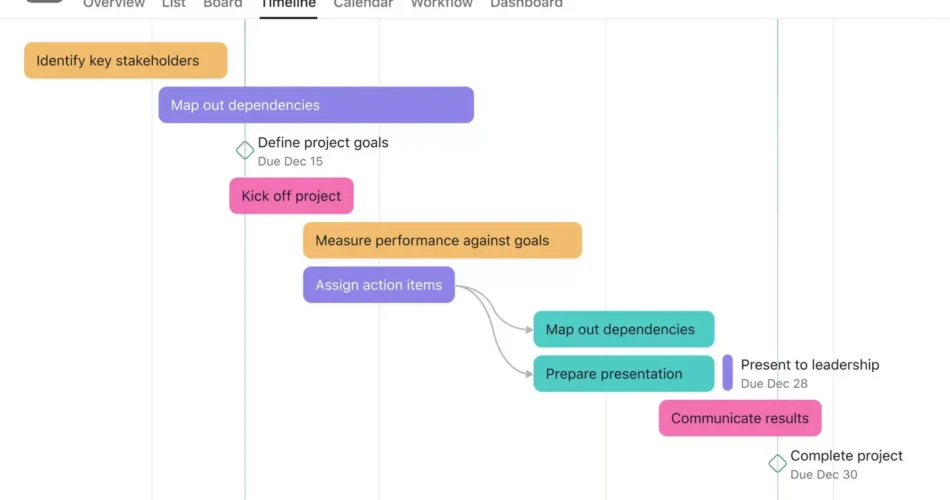Welcome back to Research Management Insights! In my last post (Linder, 2024), I introduced my research on credit risk modeling and outlined my research proposal. Today, I want to dive deeper into the tools and techniques that can help manage research projects effectively. I’ll focus on Gantt Charts (Bianconi, 2024), discuss some alternatives, and explore software options for creating these charts.
What is a Gantt Chart?
A Gantt Chart is a type of bar chart that represents a project schedule. It displays the start and finish dates of various project elements. As a student managing a research project on credit risk modelling, I’ve found Gantt Charts incredibly useful for visualizing the timeline and ensuring I stay on track.
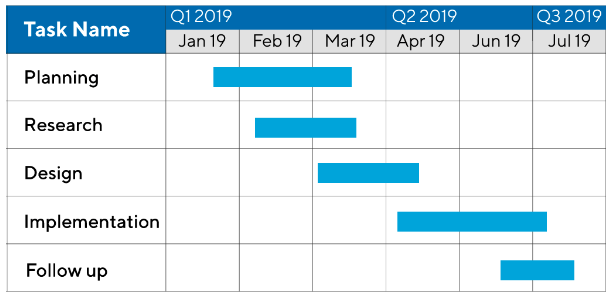
Key Features of Gantt Charts
1. Timeline Representation: Gantt Charts show tasks along a timeline, making it easy to see when tasks are supposed to start and finish.
2. Task Dependencies: They help in understanding the relationships between tasks, including which tasks must be completed before others can start (Alapartanen, 2021).
3. Milestones: Key dates and milestones can be highlighted to indicate important deadlines or goals.
4. Resource Allocation: They can also show which team members are responsible for which tasks (Mallentien& Trautmann, 2001).
Benefits of Using Gantt Charts
1. Improved Planning and Scheduling: Gantt Charts provide a clear visual representation of the project timeline, making planning and scheduling tasks easier (Jinjiang Xing et al., 2017).
2. Enhanced Coordination: By clearly showing task dependencies, Gantt Charts help ensure that all team members know their responsibilities and how their tasks fit into the overall project (Radujkovic & Klepo, 2021). However, this is not as relevant for this project as it is a one-person project.
3. Progress Tracking: They offer a straightforward way to track progress against the schedule, allowing for timely identification of any delays or issues, which is particularly pertinent because there will be a deadline for submitting this research project.
4. Better Communication: The visual nature of Gantt Charts makes them an excellent tool for communicating project plans and status to stakeholders.
Other Tools for Project Management
While Gantt Charts are incredibly useful, there are other tools that can also help in managing projects:
1. Kanban Boards: These are great for visualizing task progress. Tasks move through stages such as ‘To Do’, ‘In Progress’, and ‘Completed’ (Corona & Pani, 2013).
2. Timelines: Similar to Gantt Charts but simpler, timelines highlight key milestones without detailed task dependencies. They are helpful when focusing on major deliverables rather than every task.
3. RACI Charts: These charts clarify roles and responsibilities by defining who is Responsible, Accountable, Consulted, and Informed for each task. This helps ensure everyone on the team knows their duties.
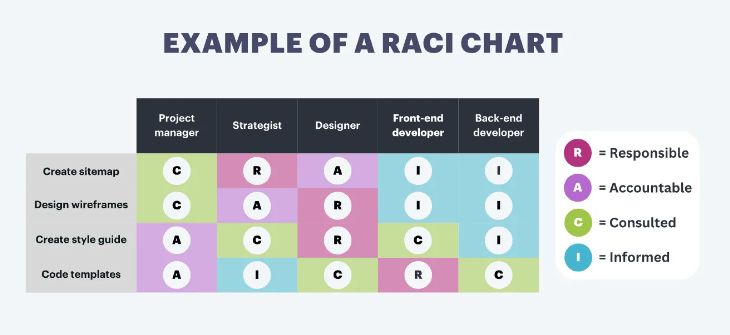
Software for Building Gantt Charts
Creating a Gantt Chart can be straightforward with the right tools. Here are a few options I’ve explored:
Microsoft Project (Microsoft, 2024): A comprehensive project management tool that offers robust Gantt Chart features. It’s quite powerful but can be a bit complex if you’re just starting out.
Trello: While primarily a Kanban tool, Trello offers Gantt Chart capabilities through third-party integrations like Planyway or TeamGantt (TeamGannt, 2025).
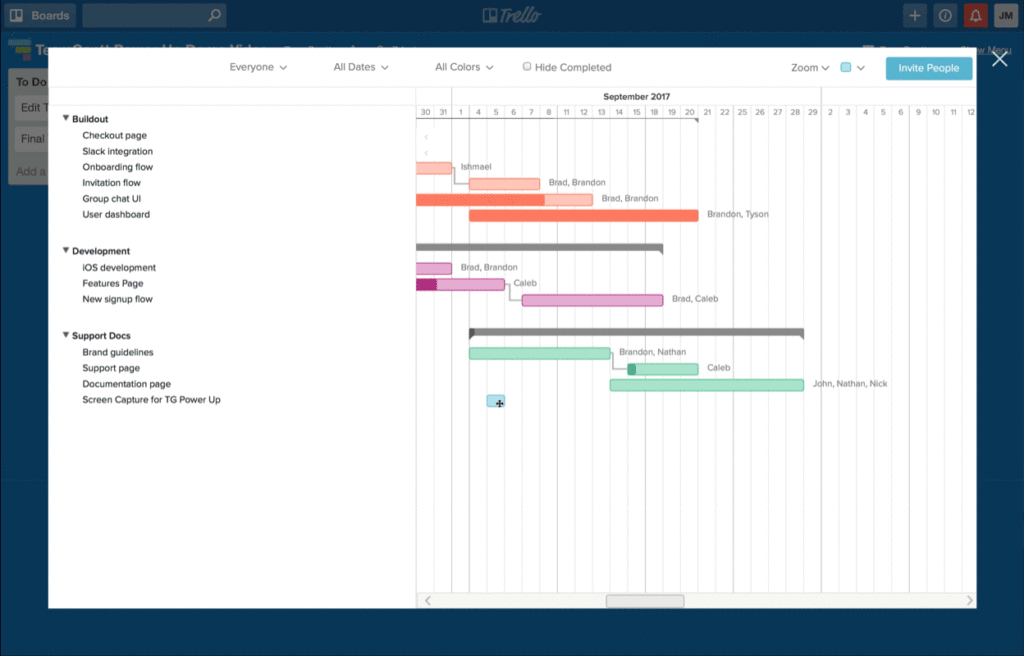
Excel (Microsoft, 2024a): For those who prefer simplicity, Excel can be used to create basic Gantt Charts. Plenty of templates are available online to make this process easier.
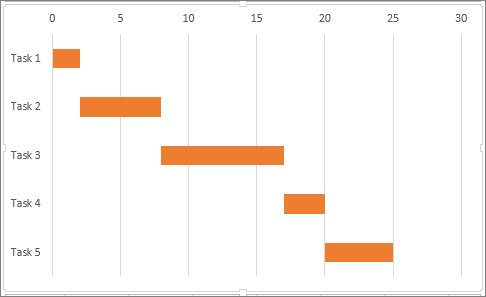
Asana is another project management tool that supports Gantt Charts through its Timeline feature. It is user-friendly and integrates well with other asana tools.
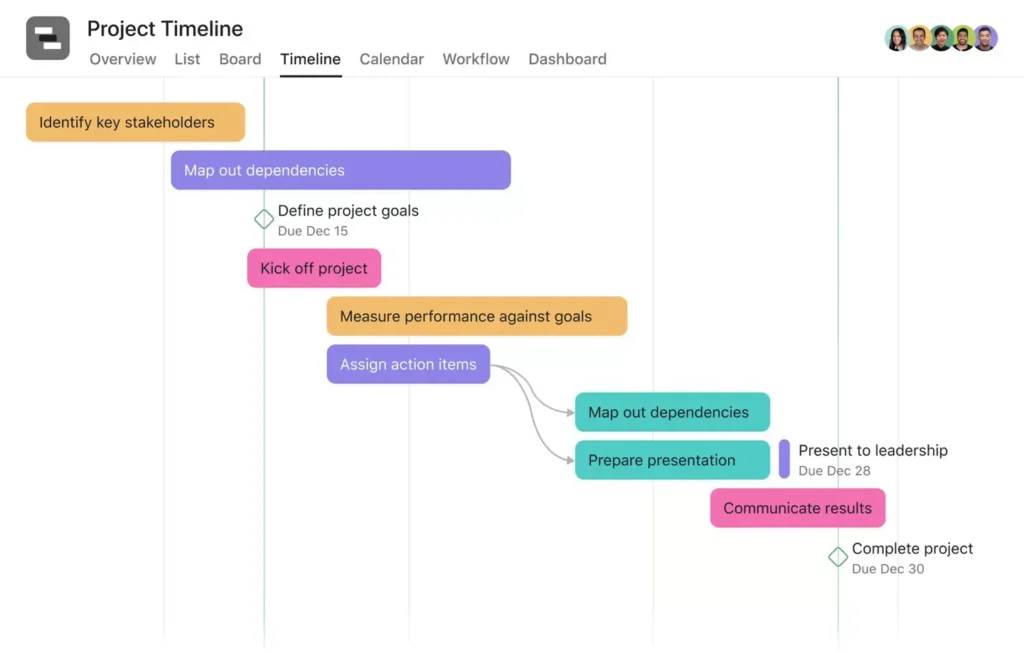
Implementing Gantt Charts in My Research Project
Using a Gantt Chart will be an invaluable tool for my research project on credit risk modelling. My project involves several phases: literature review, data collection, data analysis, and thesis writing. Each of these phases has interdependent tasks that must be completed sequentially. The Gantt Chart allows me to map out these tasks along a timeline, highlighting dependencies and ensuring that each phase is adequately planned. For example, I cannot begin data analysis until data collection is complete, and visualizing this dependency helps prevent scheduling conflicts and bottlenecks.
Moreover, Gantt Charts facilitate detailed progress tracking and effective communication with my supervisor. Regularly updating the chart allows me to monitor progress against the planned schedule, quickly identify any delays, and make necessary adjustments. This visual representation also aids in clearly communicating my project’s status and upcoming milestones, ensuring everyone involved is on the same page (Meredith & Mantel, 2012). The adaptability of Gantt Charts is crucial for my project, as it allows for easy updates in response to new findings or unforeseen delays, helping maintain an accurate and realistic project plan throughout its lifecycle. Overall, Gantt Charts provides a structured yet flexible approach that aligns perfectly with the complexity and scope of my credit risk modelling research.
Conclusion
Gantt Charts are an invaluable tool in project management. They enhance planning, coordination, and tracking, making it easier to complete tasks on time and within scope. Additionally, exploring alternatives like Kanban boards and timelines and using software tools like Trello and Asana can further improve project management practices. As I continue with my project, I am confident that these tools will help me achieve my goals efficiently.
References
Alapartanen, M. (2021) Despendency Management in a complex IT Initiative. Häme University Center. Available at: https://www.theseus.fi/bitstream/handle/10024/506624/Alapartanen_Maria.pdf (Accessed: 17th May 2024)
Bianconi, F. (2024) Data and Process Visualisation for Graphic Communication. New York: Springer, pp. 175 – 181
Corona, P. and Pani, F. (2013) A Review of Lean-Kanban APproaches in the Software Development, WSEAS Transactions on Information Science and Applications, 1(10), pp. 1 – 13 Available at: https://wseas.com/journals/isa/2013/5709-110.pdf (Accessed: 17th May 2024)
Harnard, B. (2024) What Is a RACI Chart? How to Use Raci to Assign Project Roles. teamgantt. Available at: https://www.teamgantt.com/blog/raci-chart-definition-tips-and-example (Accessed: 17th May 2024)
Linder, D. (2024) My Research. Available at: https://davidlinder.info/2024/05/10/my-research/ (Accessed: 17th May 2024)
Martins, J. (2024) What is a Gantt chart? A guide to mapping your project timelines. Asana. Available at: https://asana.com/resources/gantt-chart-basics (Accessed: 17th May 2024)
Mellentien, C. and Trautmann, N. (2001) Resource allocation with project management software, OR-Spectrum. 23(2001), pp. 383 – 394
Microsoft. (2024) Work with the Gantt Chart view. Microsoft. Available at: https://support.microsoft.com/en-gb/office/work-with-the-gantt-chart-view-0e84efa4-78ce-4cd1-baed-5159a55f78b4 (Accessed: 17th May 2024)
Microsoft (2024a) Present your data in Gantt chart in Excel. Microsoft. Available at: https://support.microsoft.com/en-gb/office/present-your-data-in-a-gantt-chart-in-excel-f8910ab4-ceda-4521-8207-f0fb34d9e2b6 (Accessed: 17th May 2024)
ProductPlan. (2024) Gantt Chart. Available at: https://www.productplan.com/glossary/gantt-chart (Accessed: 17th May 2024)
Radujkovic, M. & Klepo, M. (2021) A study of project managers’ choice on key methods, tools and techniques in managing engineering projects, Journal of Organization, Technology and Management in Construction. 12(2021), pp. 2327 – 2340
TeamGannt. (2024) TeamGannt. Available at: https://trello.com/power-ups/5970d4298c14fdf691c95a76/teamgantt (Accessed: 17th May 2024)
Xing, J., Zhao, H., Jiang, P., Zhu, H., & Zou, X. (2017). A timeline visualization framework for task scheduling. Proceedings of the 2017 International Conference on Control, Decision and Information Technologies (CoDIT), 814-819. doi:10.1109/CoDIT.2017.8102757.
